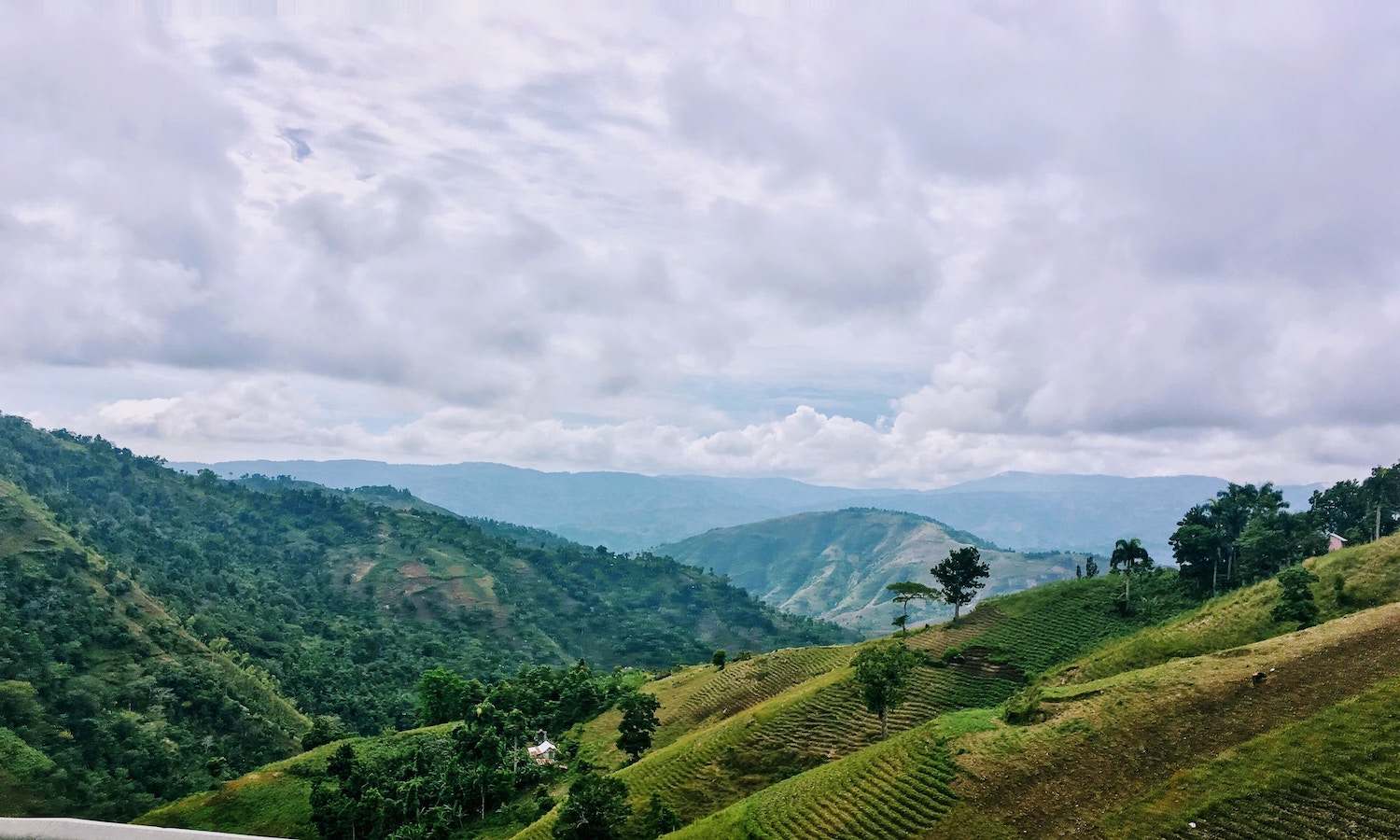Almost half of all Haitians are going hungry, according to the Integrated Food Security Phase Classification, or IPC report, for the country. Organizations large and small are investing in local farmers, local economies, and agroecology so that Haitians can feed themselves in the long term.
“Almost 5 million Haitians are food insecure and require immediate assistance. That’s about half of the population,” Jean Martin Bauer, the country director of Haiti for the World Food Programme (WFP) tells Food Tank.
The IPC report shows that Haiti has one of the highest levels of food insecurity in the world. And last year, WFP announced that the levels of hunger and malnutrition in Haiti reached levels never seen before.
Haiti is the poorest country in the Western hemisphere, the World Bank reports. Inflation is leading families to cut back on meals and farmers to cut back on seeds and fertilizers. And according to the Security Council Report, since the assassination of President Jovenel Moïse in 2021, Haiti’s government has deteriorated further.
In addition to political and economic stressors in Haiti, environmental degradation and the climate crisis are exacerbating the impact of natural disasters on Haiti’s agriculture sector. But the causes of food insecurity go much deeper, Cantave Jean-Baptiste, Director of Partenariat pour le Développement Local (PDL), tells Food Tank. “Hunger in Haiti is not an accident. It is a social and political production,” says Jean-Baptiste.
Jean-Baptiste has been working with smallholder farmers across the country to promote agroecology as a solution to hunger and poverty for four decades. He tells Food Tank that centuries of imperialism and neo-imperialism are enormous factors in Haiti’s current hunger crisis.
In 1825, after Haitians revolted and overthrew their French colonists, Haiti was forced to pay 150 millions francs—equivalent to US$21 billion dollars today—in reparations to France. The Haitian economy remained shackled to this debt for 150 years, and Haiti’s agricultural development was severely stunted as a result.
Haiti is also still dealing with the consequences of neoliberal trade policies from the 80s and 90s which crippled certain agricultural industries. In 1994, the International Monetary Fund forced Haiti to reduce their tariff on rice from 35 percent to 3 percent overnight.
“The rice sector has been stunted as a result of competition from low priced imports from overseas, and mostly the U.S.,” Bauer from the WFP tells Food Tank. “I think people realize, even those that made the decision, that it was a mistake. Because in 2010 after the earthquake, people saw that Haiti wasn’t able to feed itself anymore. Haiti has a long history of being self-sufficient. Until the 1980s Haiti was absolutely fine, until the 1980s Haiti was able to grow most of the foods it needed. But once the markets were opened to these low priced imports, Haitian farmers were crushed.”
But farmers, researchers, and humanitarians are implementing short- and long-term solutions to respond to the hunger crisis.
WFP works to take an approach grounded in community empowerment by providing people with funds to feed themselves. “School feeding aside, our programs are 92 percent cash,” Bauer tells Food Tank. “WFP is a big proponent of cash transfers in Haiti. We’ve learned that it’s a good way to boost the economy, to boost employment, to help retailers, food processors, and other parts of the food environment.”
Bauer believes that cash transfers are a “a great way to root our work in the local economy” that can help humanitarian organizations build resilient food systems in the long term.
“Humanitarian organizations must increasingly rely on the local economy to deliver assistance,” Bauer says. “This means working with local business, local processors, local retailers, and local farmers as well. If we can get these stakeholders to feed the community after a crisis then we’re headed in the right direction.”
Jean-Baptiste and other local organizations are also fighting for a self-sustaining and resilient food system that is not reliant on food aid. He has spoken in front of the United Nations and other international bodies about the need for funding to help Haitian farmers lead solutions themselves.
The Kombit mutual aid system is an opportunity for community members to collaborate, exchange agricultural goods and supplies. And Gwoupman, self-led solidarity groups, are leading activities including farmer experimentation and agroecological farming practices.
A study published by Groundswell international and Partenariat pour le Developpement Local finds that rural farmers in Haiti who engage in agroecology are more than twice as productive, more ecologically positive, and more food secure.
Jean-Baptiste tells Food Tank that in the face of the climate crisis and other challenges, short and long term, investing in local farmer organizations and agroecology is the best way forward. “It is true that the country is deforested. It is true that there are less and less rains every year. But for those farmers that adopt some key agro-ecological principles, they are better off than the rest of the population.”
Articles like the one you just read are made possible through the generosity of Food Tank members. Can we please count on you to be part of our growing movement? Become a member today by clicking here.
Photo courtesy of Claudia Altamimi, Unsplash






